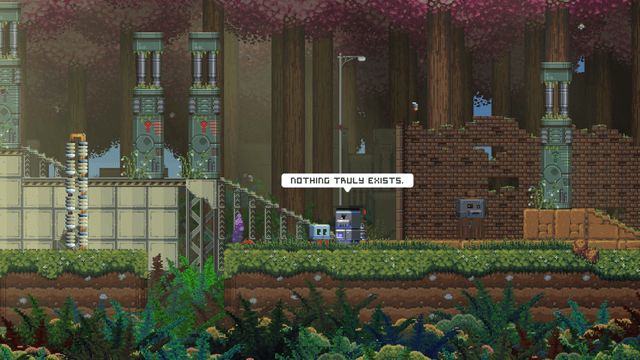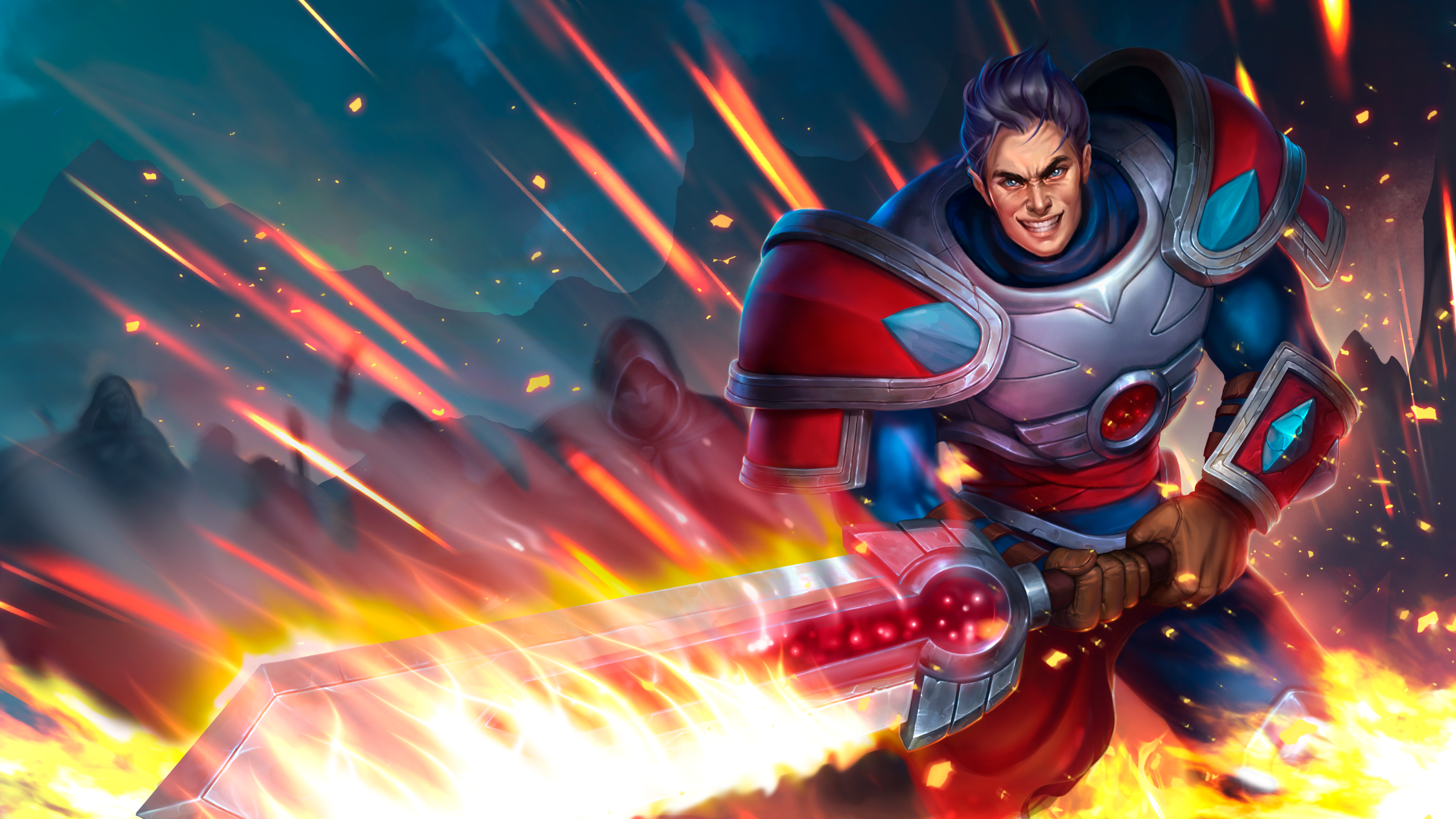Poncho is an indie-sidescrolling platformer, created by a small studio called Delve Interactive. This game relies on a very unique mechanic that not only allows players to move side to side, but also gives them a completely new plane of movement — letting them move into the background and foreground. This game has a sense of depth that very few other side scrollers have, making it feel somewhat 3-dimensional.
I recently had the chance to interview the the game’s creator, Danny Hayes, and asked him about his influences and the difficulties he faced during development of this game.
—
GameSkinny: So, the first thing that I wanted to ask was about the process of making this game. There are only three people on the development team of this game, and you had to design, code, and write it. How did you manage to make something of this magnitude splitting the work between the three of you?
Danny Hayes: Well, I’m not the only designer on the team. Jack Odell, who did the music for Poncho worked on the design as well. We also had Matthew Weekes for the amazing pixel art. I guess our method for creating Poncho at the scale it is mainly comes from us sacrificing having a life for about 3 years… it took a long time, but it was definitely worth it! We also Skyped or messaged each other on a daily basis and we all worked from home the entire time in different areas of the country. We all kept full control on our respective areas of the game, and used each other’s art/music/design to inspire our own work. It’s a great way to work as a team.
GS: The really unique part of this game is the way that you are able to seamlessly go to different planes of depth. You can go to background and then come back to the foreground, and you use to this game mechanic to solve puzzles and progress through the game. I can see some influences from Rayman and even Fez. How did you decide on using this game mechanic, and what were some other games that were very influential in the design?
DH: The main idea for the mechanic actually came from old school Sega games. We’d play all those side scrolling games with hills and mountains in the background, but you could never actually go to those places in the background. So we thought what if you could just press a button and boom, you’re right there. That’s how the main gameplay came about. As far as mentioning specific games as an inspiration, Braid and pretty much all the Sega side-scrollers were big influences.
GS: The music and art design are both very beautiful. I am personally a huge fan of the pixel art style and I honestly wish that I could buy this game’s soundtrack. They both work in conjunction to create the mysterious, almost dark atmosphere presented in this game. How do you as the writer/designer express what you need thematically to the artist and musician you were working with?
DH: I’d usually give them a base idea of what I’m thinking of for something, I’d use uneducated sentences like “More boomy…” or “Less ambient…” for the music.
For the art I’d try to describe how particular characters think or feel, or what kind of coloring would be cool.
But that’s the only “direction” I really gave, Jack and Matthew were the deciders in how they created their stuff. And they directed me just as much, keeping me on track for making the gameplay feel awesome. We all knew what the core values of the game were from the start, and we all just sort of built from each other’s work.
GS: There are a lot of indie developers making pixel art style games nowadays. Other than the game mechanics, are there any other ways that you have distinguished this game in such a saturated market?
DH: I think that pixel art… is a strange thing. You never hear people say “Oh another 3D game” or “Another low-poly game”, etc. There’s just as many pixel art games in comparison to other styles. But we definitely did our best to rise from the crowd by making the game look as beautiful as possible. It has a kinda 3D feel to it as well, with literally hundreds of layers of background art, so I think the visuals of Poncho are pretty unique.
GS: This game shows what happened to robots after all the humans died. I really love the contrast between the mechanical robots in the game, and the setting of a lush forest. How did you come up with the story of the game and what are some of the more prevalent themes?
DH: Well the story of the game started with Jack drawing the first character design for our protagonist, a robot wearing a poncho. Working from that, I knew I wanted a kind of “Man vs Nature” story, but something more original. So we got rid of the humans altogether.
There’s a fair bit of existentialism in the world lore, many of the robots are reflections of what I think humans are like or what they really feel. What it comes down to is, if robots don’t have a purpose without masters to serve, then why are they here?
GS: How was the process of porting this game to consoles? Were there any technical difficulties? It has launched on both Sony and Nintendo platforms, but as of yet there has been no news about the Xbox One. Is this a platform you are looking into?
DH: Well we used the Unity engine to build Poncho, so we had an easier time porting than we would have otherwise. The reason for not going to Xbox One is really because I’m just one guy, each platform still has a dizzying list of specific requirements and I just didn’t have time to add another platform. But who knows, maybe we’ll port it to Xbox in the future…
GS: What are you going to do now that this project is finished? Are you planning on working on a DLC, a sequel, or a completely new game altogether?
DH: Right now we’re working on the Vita and Wii U versions, after that, who knows? I think our next game is gonna be something small and experimental before we move onto the next project, I know that much.
—
I’d like to thank Danny for his time and insight. You can found out more about the game by going to its website here. And please follow Danny at his Twitter, @DanHayesGamer.










Published: Nov 7, 2015 01:34 pm